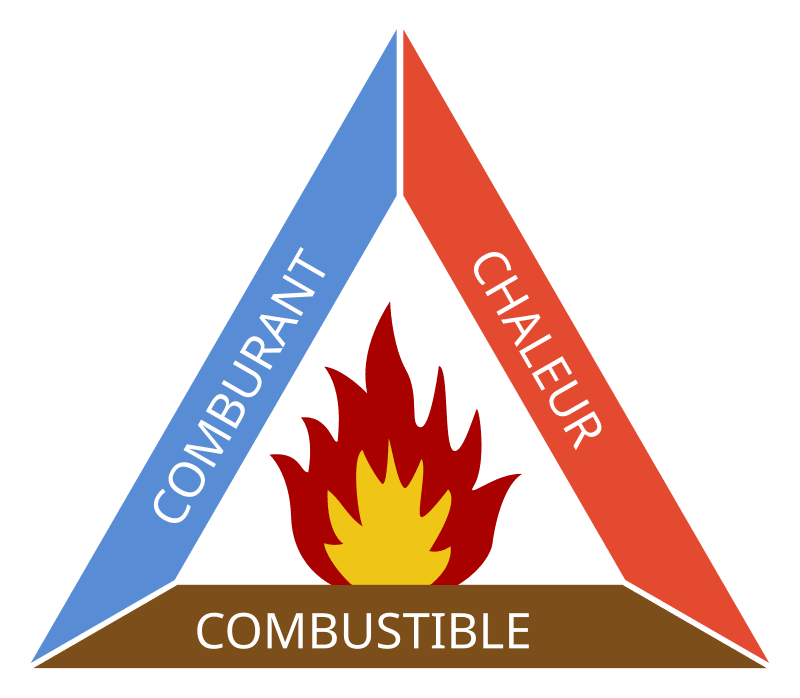How does an extinguisher work?
Fire extinguishers are essential devices for fighting incipient fires. Understanding how they work can help you use them effectively in an emergency. Here's an overview of how extinguishers work, their types and mechanisms.
How does an extinguisher work on fire?
A fire extinguisher is a pressurized device (auxiliary or permanent) for first response, designed to spray a suitable extinguishing agent onto an identified class of fire. The extinguisher's purpose is to act on the components of the fire triangle.
A fire extinguisher can therefore act either by suppressing the oxidizer (we try to block or suppress the oxygen), or by acting on the activation energy (extreme cooling of the fuel, for example) or directly on the fuel (stopping the gas for a type C fire).
How does an extinguisher work?
A fire extinguisher is a pressurized device. This pressure is used to propel the extinguishing agent onto the fire. This pressure can be released at the moment of use, as the gas is contained in an auxiliary cartridge. This is known as an auxiliary pressure extinguisher. The device can also be continuously pressurized, in which case it is referred to as a permanently pressurized device.
When responding to a fire, the user pulls the pin out of the device, then strikes the extinguisher by activating the handle on an auxiliary pressure. The percussion will release the gas inside the body of the extinguisher.
The action of the handle, or pistol lance depending on the model, then targets the base of the flames, allowing the extinguishing agent, mixed with the gas, to rise via a dip tube to the diffuser, which propels the liquid, powder or gas.
Depending on the type of extinguisher used, there are a few notable differences:
A powder extinguisher, for example, will be fitted with an additional tube, known as a detaser tube, to project gas into the bottom of the extinguisher tank, thus liquefying the powder.
CO2 extinguishers are special in that CO2 is used as both propellant and extinguishing agent. CO2 extinguishers have the particularity of causing extreme cold, as the CO2 emerges in the form of dry ice. For the safety of the user, care must be taken not to touch the body of the device during use. Although CO2 extinguishers are similar to permanent pressure extinguishers, they do not have a pressure gauge.

Read our other articles here! :


